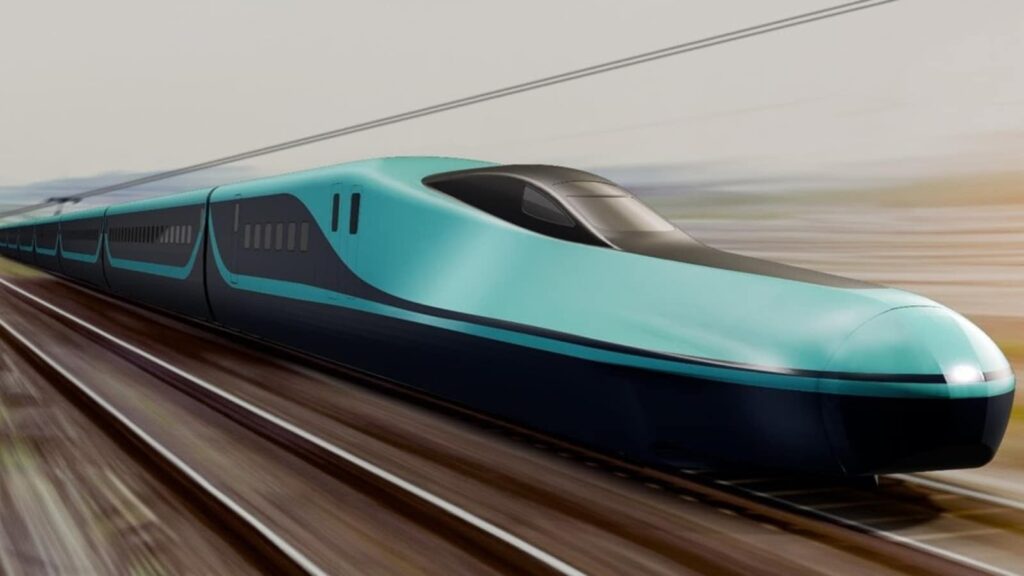
India and Japan are poised to announce a significant partnership for the joint manufacturing of the next-generation E10 Shinkansen bullet trains in India. This announcement is expected during Prime Minister Narendra Modi’s two-day visit to Japan this week, according to sources familiar with the discussions.
The collaboration is set to enhance economic ties between the two nations, building upon their existing cooperation on the Ahmedabad-Mumbai high-speed railway project. This project, which spans 508 kilometers, is a cornerstone of India’s infrastructure ambitions, and the addition of the E10 Shinkansen could represent a major leap forward.
Strengthening Economic Cooperation
The joint manufacturing of the E10 Shinkansen, derived from the ALFA-X experimental train, is a testament to the deepening economic cooperation between India and Japan. An anonymous source likened the project to the successful Maruti Suzuki joint venture, emphasizing its strategic importance and scale.
“This collaboration is an outcome of PM Modi’s vision and his friendship with Japan. The partnership has evolved from merely procuring bullet trains to building them in India,” the source stated. The E10 Shinkansen will be specially modified to suit Indian conditions, ensuring optimal performance and safety.
Overcoming Challenges
Despite delays and cost overruns in the Ahmedabad-Mumbai high-speed railway project, Japan remains committed to the initiative. Prime Minister Modi’s visit to Japan, starting on August 29, will include discussions with Japanese Prime Minister Shigeru Ishiba and participation in a business forum. The two leaders will also travel to Sendai city on the Shinkansen to visit a semiconductor facility, symbolizing Japan’s commitment to India’s bullet train service.
“The trip by the two PMs in the Shinkansen reflects Japan’s commitment to India’s planned bullet train service,” a source commented.
Technological and Economic Implications
The E10 Shinkansen project is expected to be part of a new transport-mobility partnership to be unveiled by the two countries. The manufacturing of these bullet trains in India is anticipated to be mutually beneficial, addressing India’s growing transportation needs and potentially supplying trains to third countries.
India’s cost-effective manufacturing capabilities, combined with Japanese technology and quality controls, make this project a model of excellence. The E5 Shinkansen, which was initially expected for India, has a maximum speed of 320 km/h. In contrast, the E10, still undergoing trials in Japan, can reach speeds of up to 400 km/h and is expected to enter service by 2030.
Future Prospects and Safety Concerns
The first 50 kilometers of the Ahmedabad-Mumbai high-speed railway project in Gujarat are expected to become operational in 2027, with the remaining sections to follow by 2029. Safety remains a paramount concern for the Japanese, given the Shinkansen’s impeccable safety record since its inception in 1964.
“Safety is the primary concern for the Japanese side, especially given the Shinkansen’s record of no accidents resulting in fatalities or injuries of passengers on board,” noted the sources.
Conclusion and Next Steps
This partnership between India and Japan on the E10 Shinkansen is a significant step towards strengthening bilateral ties and advancing India’s transportation infrastructure. As the two nations prepare to unveil their new transport-mobility partnership, the world will be watching closely to see how this collaboration unfolds and what it means for the future of high-speed rail in India.
As Prime Minister Modi’s visit to Japan progresses, further details are expected to emerge, providing a clearer picture of the project’s scope and timeline. The announcement of this partnership not only marks a milestone in India-Japan relations but also sets the stage for future collaborations in technology and infrastructure development.





